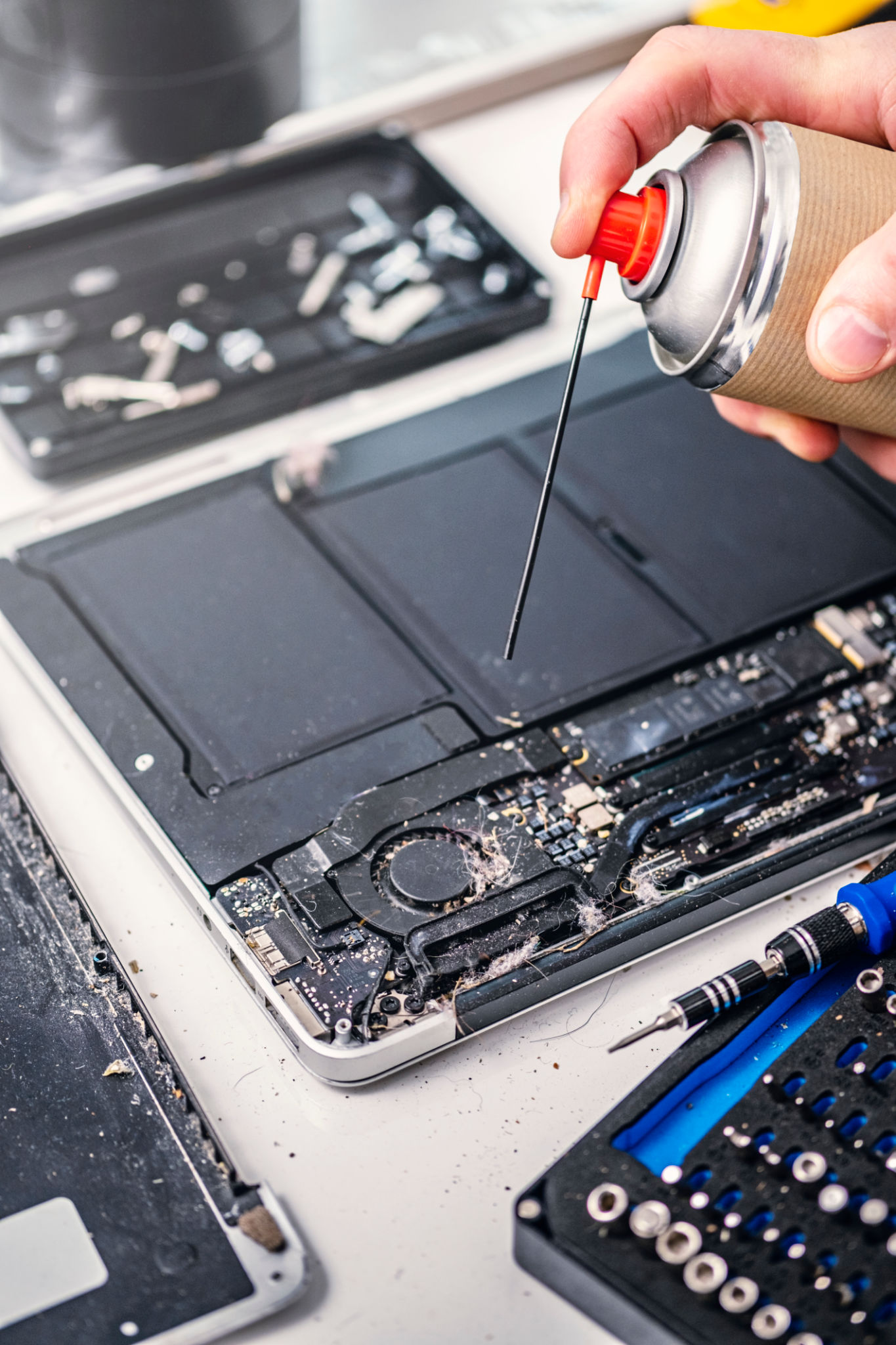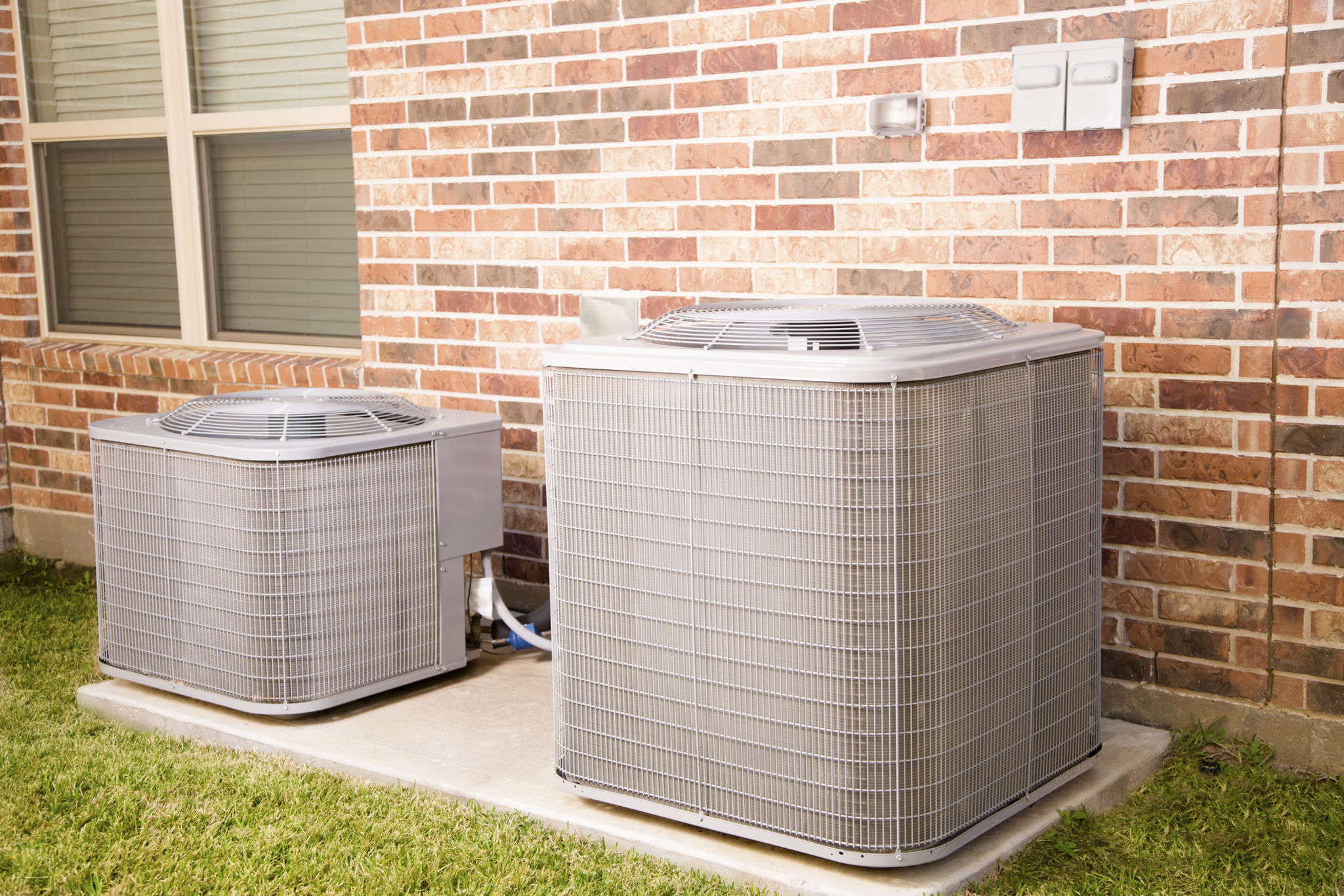Expert Tips on Maintaining Sustainable Compressed Air Systems
Understanding the Importance of Sustainable Compressed Air Systems
Compressed air systems are critical components in many industrial operations, yet they often consume more energy than necessary. Focusing on sustainability in your compressed air systems not only helps the environment but can also significantly reduce operational costs. Implementing expert strategies for maintaining these systems ensures efficiency and reliability.
One of the primary steps in maintaining a sustainable compressed air system is understanding its energy footprint. Regular audits can help identify areas where energy consumption is higher than it should be. This process involves measuring the system's output versus its input to pinpoint inefficiencies.

Regular Maintenance and Monitoring
Routine maintenance is key to sustaining an efficient compressed air system. Scheduled checks can prevent leaks, which are common in compressed air systems and can lead to significant energy wastage. Regular inspections help in identifying potential issues before they escalate into major problems.
Incorporating advanced monitoring technologies can also enhance system performance. These tools provide real-time data, allowing for immediate adjustments to optimize efficiency. Continuous monitoring helps in maintaining a balance between demand and supply, ensuring that the system operates within ideal parameters.
Leak Detection and Fixing
Leaks are one of the most common sources of energy loss in compressed air systems. Implementing a comprehensive leak detection program can significantly improve system efficiency. Use ultrasonic leak detectors to locate leaks that are not visible to the naked eye, ensuring that all potential sources of air loss are addressed.

Optimizing System Design
An often-overlooked aspect of maintaining a sustainable compressed air system is the design itself. The layout of the system should minimize pressure drops and avoid unnecessary bends and turns in the piping. A streamlined design reduces the workload on compressors, thus conserving energy.
Consider implementing a looped piping system. This configuration allows for more consistent pressure levels across the network, reducing the demand on individual compressors and enhancing overall system efficiency.
Energy-Efficient Components
Investing in energy-efficient components can have a substantial impact on the sustainability of your compressed air system. Look for compressors with variable speed drives (VSD), which automatically adjust their speed to match demand, reducing energy consumption during periods of low demand.

Training and Awareness
Training employees on the importance of sustainable practices within compressed air systems is crucial. Educating them about how their actions can impact energy consumption encourages more responsible behavior, further supporting sustainability goals.
Encourage a culture of awareness where team members actively look for ways to improve efficiency. A simple act, like shutting down unused equipment, can collectively lead to significant energy savings.
Conclusion
Maintaining a sustainable compressed air system requires a combination of regular maintenance, strategic design, and an emphasis on energy efficiency. By implementing these expert tips, businesses can enjoy reduced energy costs while contributing to environmental conservation efforts. Remember, sustainability is not just about preserving resources; it’s also about optimizing performance for long-term success.
